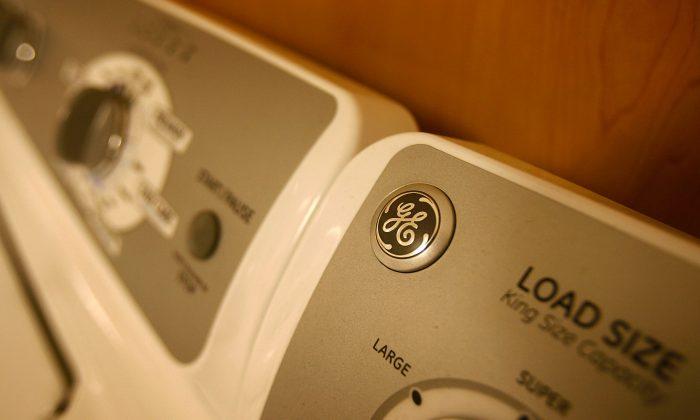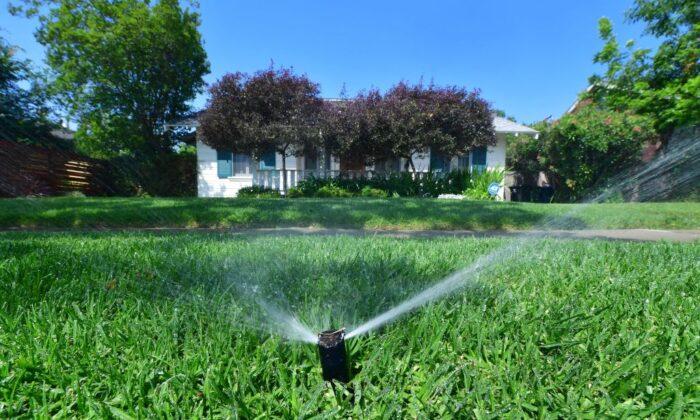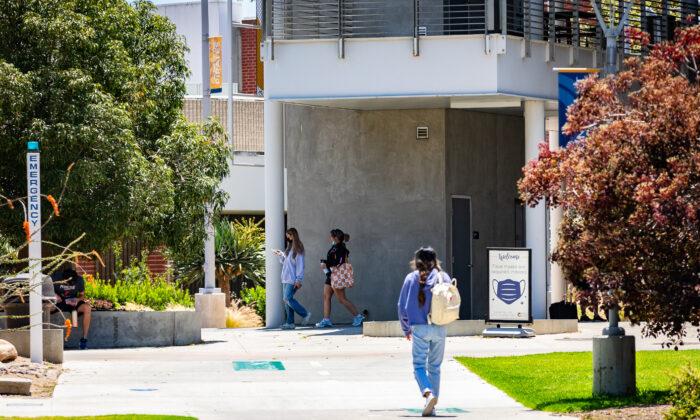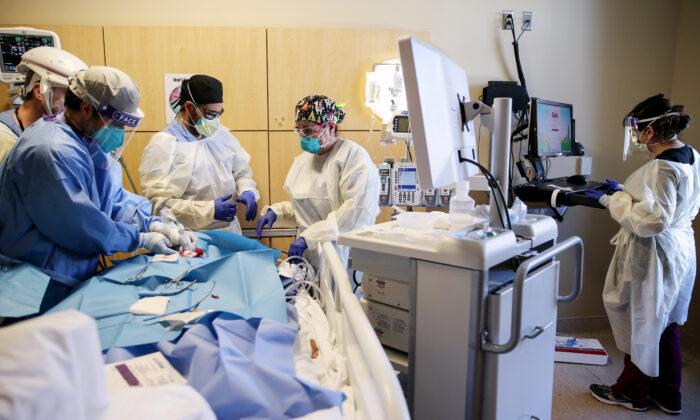California has invested billions of dollars in programs to reduce energy consumption, however, many have had negligible or opposite results, according to a recent study by the University of California–Los Angeles (UCLA).
The study found that most of California’s programs that subsidize the installation of energy-efficient appliances—like AC, washer and dryers, and light bulbs—have not resulted in much energy savings. Some have even led individuals to increase their energy consumption.
Stephanie Pinceti, co-author of the study, said people tend to have misconceptions about energy-saving appliances and think that increasing consumption will not impact their utility bills.
Researchers found that there are significant differences in energy conservation between different appliance upgrade rebate programs.
“Not all energy-efficient upgrades or programs are the same,” Magali Delmas, a UCLA environmental economist and co-author of the paper, said in the release. “Some are better than others and some don’t provide any benefits.”
The study analyzed 11 million households’ electric billing records regarding 24 subsidy programs for residential energy efficiency upgrades between 2010 and 2015 in Southern California.
The programs that resulted in the most savings are pool pump and refrigeration upgrades.
The incentives for pool pump upgrades resulted in nearly 13 percent energy savings and refrigeration upgrades increased by 6 percent.
However, lighting, heating, ventilation, and air conditioning retrofits generate less than 1 percent savings.
Other upgrades such as dishwashers and clothes washers lead to an increase in energy consumption, the study found.
The study also indicated that the programs being examined are often adopted in wealthier communities and in newer homes.
Low-income families have very limited access to subsidy programs since they can only apply to eligible rebate programs after they make purchases, according to the study.
The study suggests policymakers should allocate funding to the programs that save the most energy based on their actual usage.




